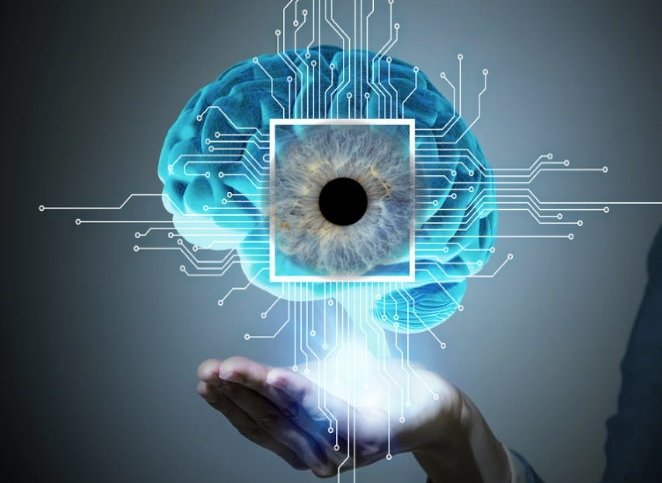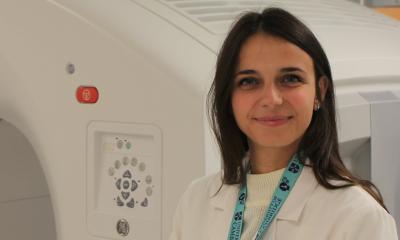
Image source: University of Durham (AI generated image)
News • OCT and IR-SLO imaging
Eye scans for early detection of Multiple Sclerosis
The eyes are directly connected to the brain, so they can show early signs of brain problems like Multiple Sclerosis (MS).
Researchers at the Engineering department of Durham University have combined two types of eye scans with smart computer programmes that can spot tiny changes in the eye. These changes can be early signs of Multiple Sclerosis, even before other symptoms show up. The two eye scans used are: Optical coherence tomography (OCT) and Infrared scanning laser ophthalmoscopy (IR-SLO). By teaching computers to look at these scans, doctors might be able to catch Multiple Sclerosis earlier than ever before.
The researchers published their findings in the journal Translational Vision Science & Technology.
If this new approach becomes widely used, it could mean big changes for people with Multiple Sclerosis:
- Faster diagnosis
- Less invasive tests (no need for painful procedures)
- Earlier treatment, which could slow down the disease
- More comfortable experience (eye scans are quick and painless)
While these results are exciting, more research is needed before this method can be used in hospitals and clinics everywhere, the researchers say. For instance, they want to test it on larger groups of people to make sure it works well for everyone.
Source: Durham University
21.07.2024











